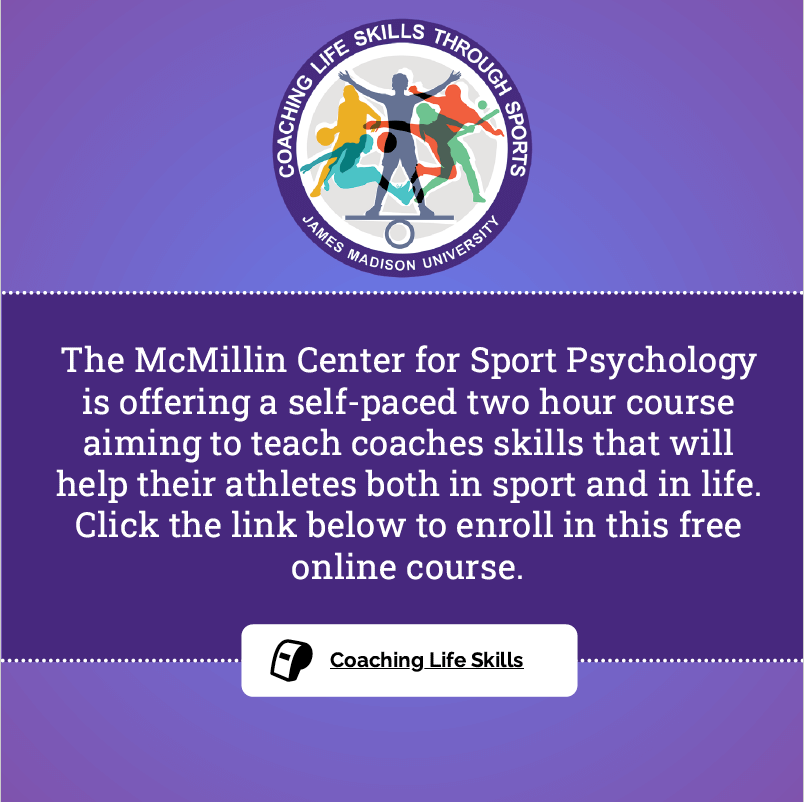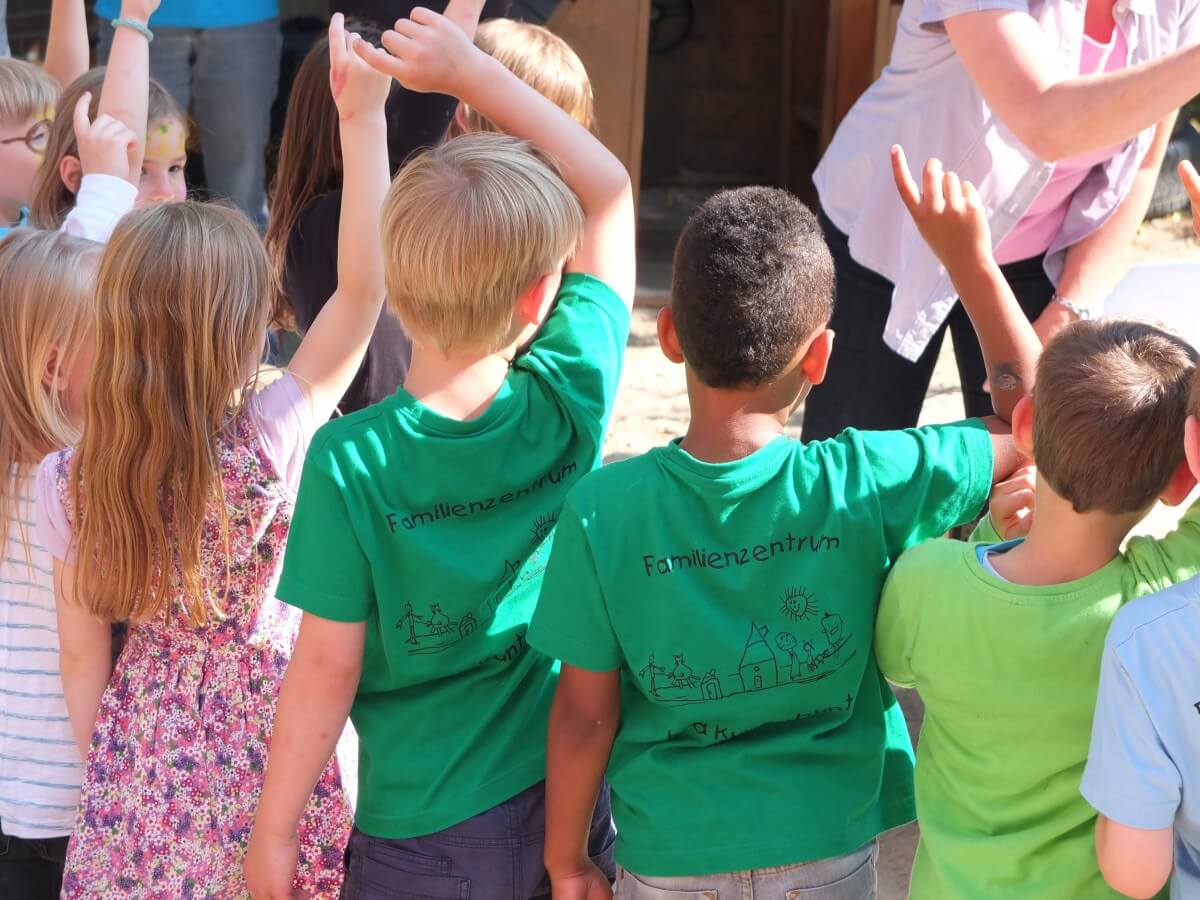
The global pandemic has wreaked havoc on academics, classrooms, and physical education. There is no doubt physical education and the physical development of children during their developmental years were greatly affected by the pandemic. Physical education is a field in which physical distancing, wearing masks, and avoiding close contact is extremely difficult. The importance of physical education for a child’s social, emotional, and physical well-being has been shown for decades (Bailey, 2006). As the country slowly comes out of the pandemic restrictions, interest in how physical education classes were affected during a pandemic should be studied.

During the early 2022 school semester, 13 graduate students (currently full-time teachers in the school system), who were taking an online Masters of Physical Education degree at Canisius College, provided insight into how the pandemic affected their physical education classes. The teachers reflected on their experiences teaching physical education during the 2021 school year from January to December. The classes the 13 teachers taught ranged from K to grade 12. The teachers were from different parts of the United States with one teacher (from the United States) teaching in Indonesia. The first question addressed to the students was: How much physical education time did their students receive during the pandemic? The results indicated a 65% drop in physical education time across the 13 teachers surveyed. The total time taking physical education classes dropped from an average of just under 110 minutes per week to just under 40 minutes per week during the 2021 year.
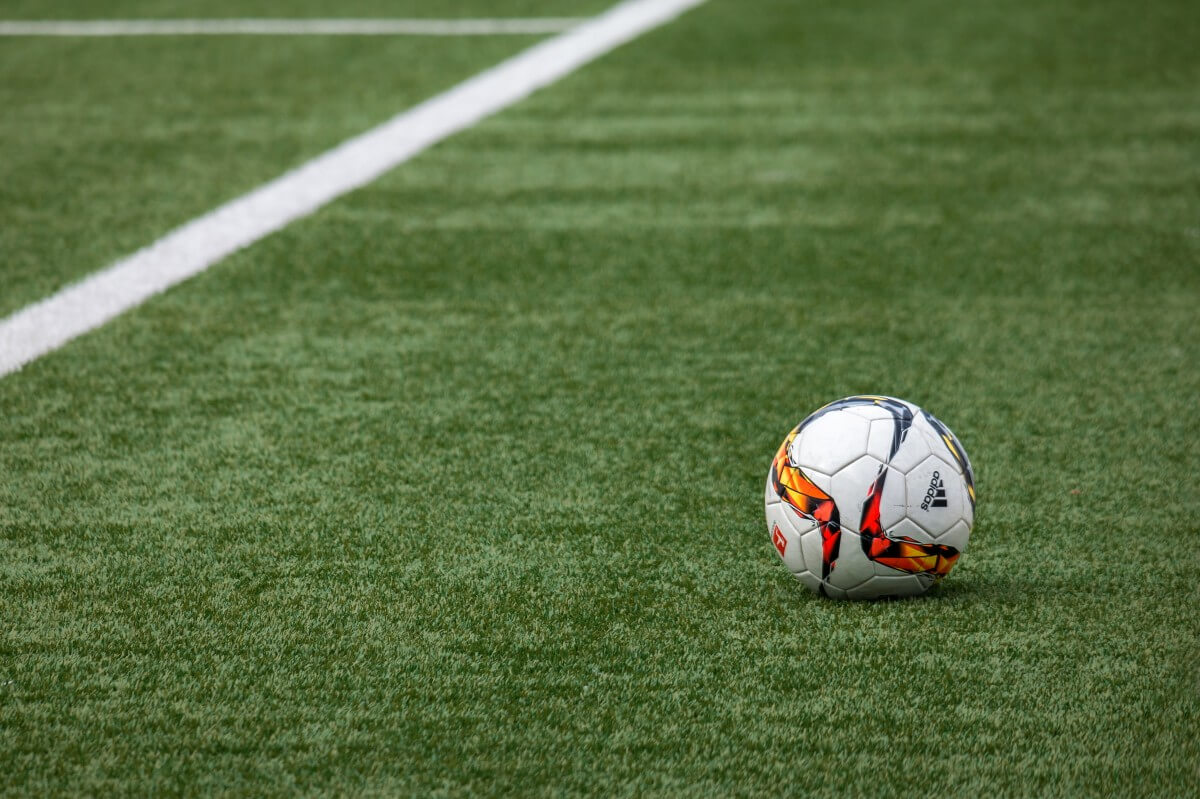
Reviewing data for younger grades (K-6) which 9 of the 13 teachers surveyed were teaching, there was a 70% decrease in physical education time from 105 minutes per week on average to 30 minutes per week during the pandemic. In the older grades (7-12) which four teachers surveyed were teaching; there was roughly a 50% decrease in physical education time decreasing from 115 minutes per week on average to 55 minutes per week. There was no noticeable difference in teachers’ physical education time responses based on location. Nine of the 13 teachers surveyed taught in New York state, three were teaching in New Jersey, and one student was in Indonesia. The 65% decrease in physical education time during 2021 would undoubtedly be much the same for the fall of 2020 and the spring semester of 2022 when pandemic restrictions were also in place. This two-year period would certainly have an effect on the physical development of school-aged children, especially in the younger grades where formative physical development is occurring.
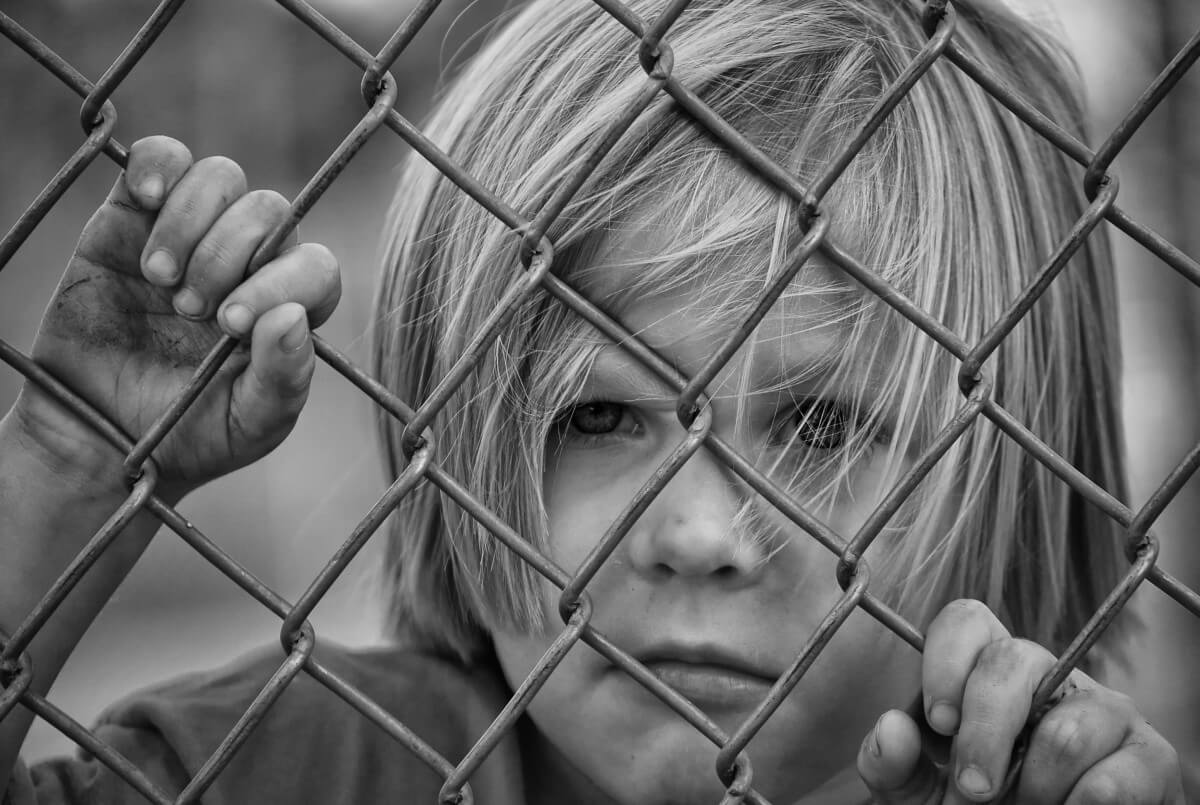
The current findings are supported in the literature as stated (Tulchin-Francis, Stevens, Gu, Roberts, Keller, Dempsey, Borchard, Jeans and VanPelt, 2021) in which age-based changes were seen in the quantity, variety, and intensity of physical activity in children. Colley and Watt (2022) similarly showed physical activity rates among Canadian youth decreased by roughly two hours per week during the pandemic in the fall of 2020 as compared to 2018 activity levels. The decrease in physical activity as a whole and physical education classes specifically could have a profound effect on a child’s development of physical skills but could also carry over to decreasing interest in physical activities in general, including youth sports. The long-term effect of the pandemic on physical development and activity levels in youth warrants further study.
The 13 teachers surveyed were also asked about the difficulties they had while teaching physical education during the pandemic and the negative aspects of the pandemic on their physical education classes. Eleven of the 13 teachers (85%) stated the biggest negative challenge created by the pandemic was the ‘interaction between students’ and the ‘interaction between students and the teacher.’ Students were required to wear masks and maintain a six-foot physical distance from each other while participating in physical education classes. The students also had to stay six feet from the teacher which drastically reduced the ability of students to learn skills from the teacher. This negative aspect is supported in the literature by Spitzer (2020) who stated that wearing masks during physical activity made students feel uncomfortable and they wanted to decrease their participation rates.
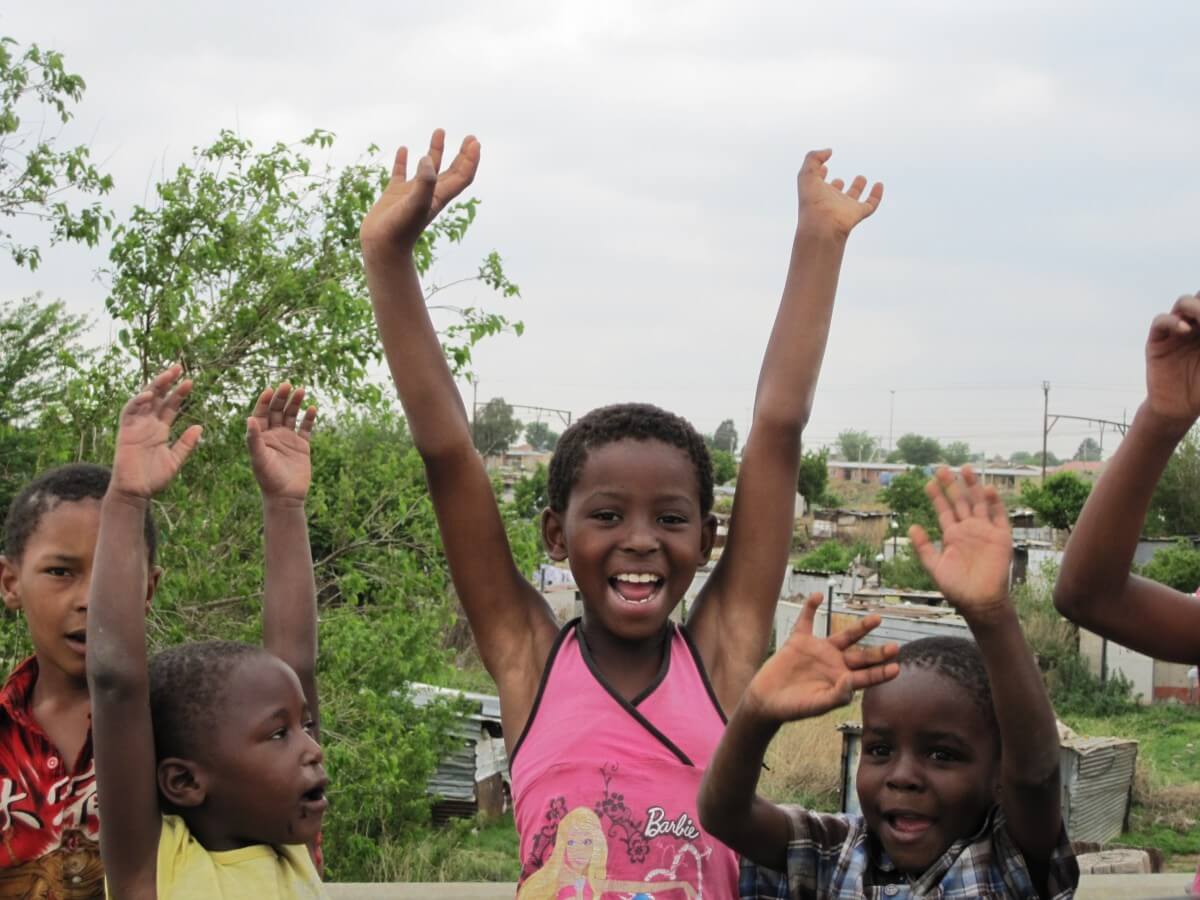
The second most reported negative factor of teaching during the pandemic (reported by 46% of teachers surveyed) was ‘lesson planning.’ Lesson planning was made difficult since physical distancing had to be incorporated into the lessons and a few of the students with special needs really suffered as lessons, usually hands-on, could not be tailored to them. Lesson planning during the pandemic also increased the workload for teachers since new lessons with physical distancing had to be created for each class and most lessons were not allowed to use equipment due to the ability of the virus to transfer on equipment.
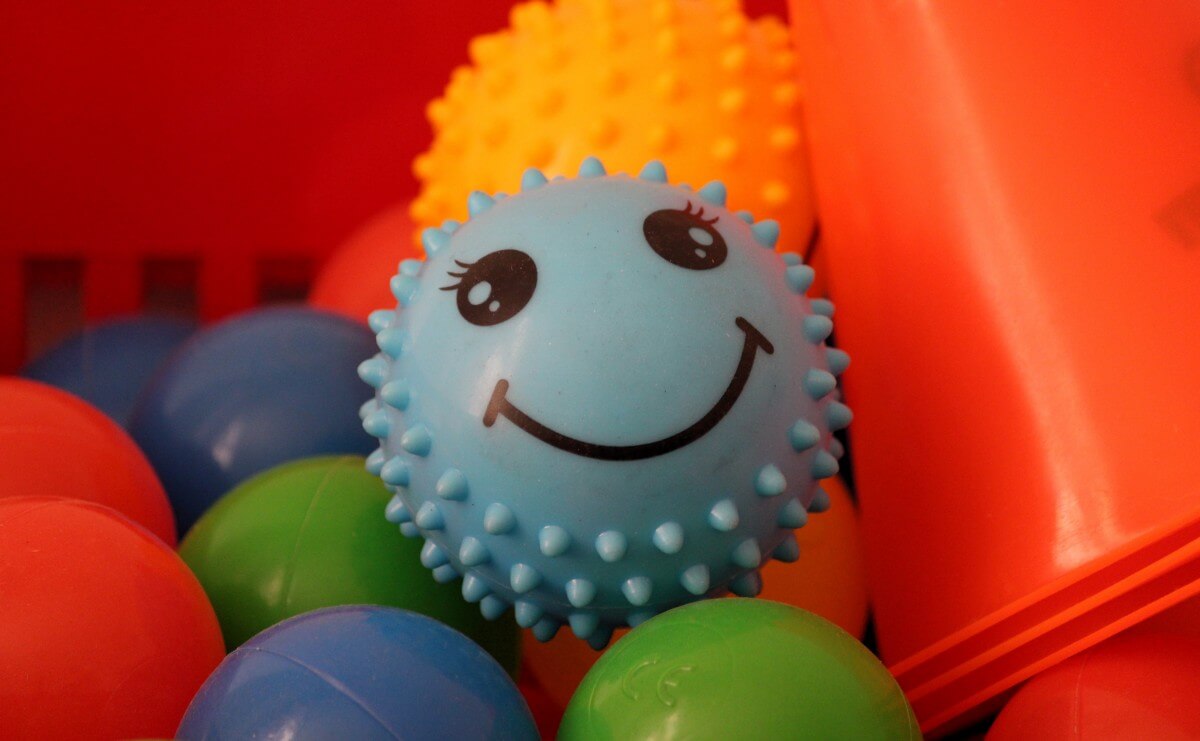
The third and fourth most reported negative consequences of teaching physical education during the pandemic were: ‘participation rates’ and ‘equipment’ (both reported at 39%). For the most part, equipment was not allowed, especially early in the pandemic, so creating lessons was difficult. Equipment was not to be shared between students and later on in the pandemic equipment was permitted but had to be used by only one student and wiped down with disinfectant. This was a challenge for teachers. Decreased ‘participation’ was mentioned as a negative consequence of the pandemic because students in physical education classes were allowed to sit out and not participate if their parents felt it was dangerous (in terms of picking up the virus in physical education class). The principal told teachers to allow students to sit out if they wanted to. In many cases, the teachers did not have a gymnasium as it was taken over to use as a classroom so physical distancing with desks far apart could occur. Often with no gymnasium, little participation, and equipment not allowed, physical education became a huge challenge for teachers, particularly in the early stages of the pandemic. Some of the teachers stated that later in the pandemic, they figured out ways to disinfect equipment, use what they had learned the year before to create individual-based lessons, and had lesson activities where social distancing could occur.
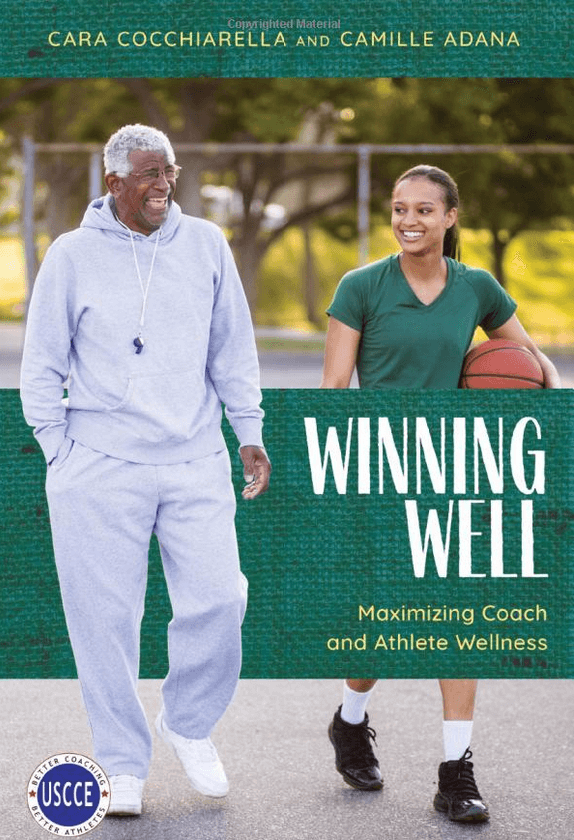
The last two mentioned negative consequences of the pandemic as stated by the teachers (reported by 23% of teachers surveyed), were ‘grading’ and the ‘mental/emotional’ aspect of teaching during a pandemic. Teachers were told by administrators to allow flexible grading and provide more grades for non-skill-based learning. The aspect of grading on physical abilities was dramatically reduced during the pandemic and teachers were informed to allow students great latitude while being graded in physical education. Grading on skills or skill development or sports-related grading was dramatically changed during the pandemic. The last-mentioned negative effect of the pandemic was the ‘mental/emotional’ toll it took on the students and teachers. The students could not interact with each other as usual and the students were worried about catching the virus. Many teachers were confused about what they could and could not do during physical education classes. Campbell, DeLeew, and Owen (2021) stated that the pandemic closed parks, canceled youth sports, and community activity, and prevented children from reaching physical activity at minimal levels. This has put a mental strain on children who are used to regular physical activity. Teachers were similarly worried about contracting the virus and how to teach physical education safely. Further, the pandemic created a loss of up to two million teaching jobs across the USA (Litvinov, 2020) which put a further strain on teachers’ psyche. Thus, the pandemic put a mental and emotional strain on students and teachers related to participating in physical education classes.


Many schools opted for remote learning where learning was transferred from the classroom to home or a hybrid model which used a combination of in-person learning and remote learning (Truong, 2020). The 13 teachers surveyed stated they attempted to have students engage in physical education at home during times they would normally have it at school. This presented several challenges for the teachers such as very poor attendance at scheduled zoom physical education classes and students not partaking in activities when they were scheduled to. There was also, what one teacher surveyed stated was, ‘chaos’ when transitioning from gymnasium to home physical education. Lack of information, lack of detail, and lack of planning were noted as the basis for the ‘chaos’ statement. Kilday and Ryan (2019) stressed the importance and need in learning that students regularly connect and interact with their peers. This was lost with online remote physical education learning during the pandemic.
The benefits of physical activity have been touted by health professionals for decades. Regular physical activity is known to decrease the likelihood of Type 2 diabetes, and control blood glucose levels weight, blood pressure, and cholesterol levels (CDC, 2019). The pandemic undoubtedly created a less healthy lifestyle for school-aged children. Further, it is likely that the pandemic could have placed children far behind in their physical development and it may take years to catch up. Research studies will be needed to determine the exact extent that the pandemic affected the physical development and health of school-aged children.
References
Bailey, R. (2006). Physical education and sport in schools: A review of benefits and outcomes. The Journal of School Health (76): 397-401.
CDC. (2019). Lack of physical activity. www.cdc.gov/chronicdiseases/resources/publications/factsheets/physical-activity.htm.
Colley, R. and Watt, J. (2022). The unequal impact of the Covid-19 pandemic on the physical activity habits of Canadians. https://www.doi.org/10.25318/82-003-x202200500003-eng.
Kilday, J.E. and A.M. Ryan (2019). Personal and collective perceptions of social support: Implications for engagement in early adolescence. Contemporary Educational Psychology: 163-174.
Litvinov, A. (2020). NEA Analysis: Nearly two million education jobs could be lost. www.nea.org/advocating-for-change/new-from-nea/nea-analysis-nearly-2-million-education-jobs-could-be-lost.
Spitzer, M. (2020). The benefits and burdens of wearing face masks in schools during the current Coronavirus pandemic. Trends in Neuroscience and Education (20): 100138.
Theis, N., Campbell, N., DeLeew, J. and M. Owen (2021). The effects of Covid-19 restrictions on the physical activity and mental health of children and young adults with physical and/or intellectual disabilities. www.sciencedirect.com/science/article/pii/S1936657421000054.
Truong, M. (2020, September 10). What is remote or remote-hybrid learning? Retrieved October 31, 2022, from https://support.apu.edu/hc/en-us/articles/360052228253-What-is-remote-or-remote-hybrid-learning-.
Tulchin-Francis, K., Stevens, W., Gu, X., , Roberts, H., Keller, J., Dempsey, D., Borchard. J., Jeans, K., and J. VanPelt (2021). The impact of the coronavirus disease 2019 pandemic on physical activity in U.S. Children. Journal of Sport and Health Science (3): 323-332.
